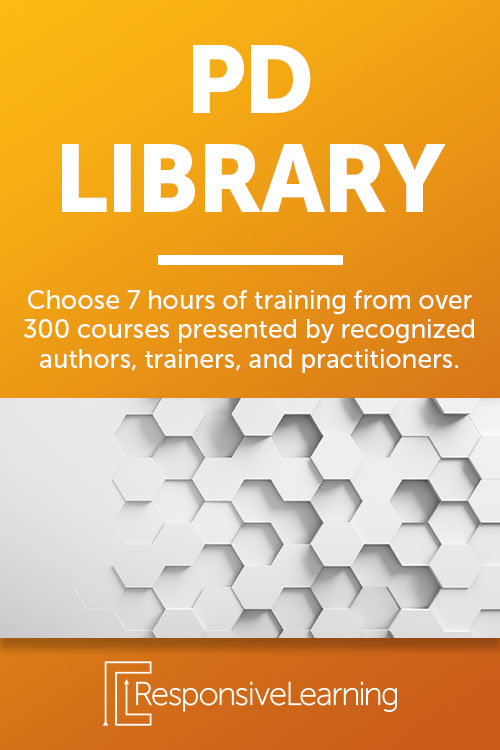As a teacher, you want to ensure your special education students succeed academically. But what can you do to prepare them for their adult lives? With Keys to Special Education – Secondary Transition, you’ll have confidence in knowing exactly how to help them be successful in their endeavors after high school.
Future Preparation
The best way to prepare for the future is by having a solid plan well in advance. Students with disabilities should have a transition plan in place before they turn 14. The student and their family are connected with community support and government services to assist in the transition process. This prepares them for employment, education, independent living, and post-secondary training.
Special education teacher Ayo Jones explains the importance of secondary transitions and how you can help your students succeed. She is a veteran educator, author, and founder of Noodle Nook – an online resource for teachers in special education. Jones advises that you should start planning early in order to achieve the best outcome.
Before a student turns 18, the school will discuss a transfer of rights and what happens to them afterward. Transition planning should also include person-directed planning, self-advocacy, self-determination, and supportive decision-making. Remember, the transition plan must be student-centered with collaboration among agencies.
Workplace Opportunity
The Workplace Innovation and Opportunity Act (WIOA) provides pre-employment opportunities for students with disabilities. This helps students gain a better understanding of their post-secondary options. Career exploration is a helpful transition service that allows students to discover what could be a good fit for them.
Counseling opportunities may be given if a student is interested in pursuing post-secondary education. This includes enrollment costs, tuition, financial aid, and how to access accommodations. Work-based learning is provided for students to explore career options in a real-world setting.
Job readiness training helps prepare students for employment through improved social skills and soft skills, such as writing resumes, interviewing, and how to access local transportation. Self-advocacy training is crucial in developing a student’s sense of knowing what they want and how to attain their goals. These skills, along with supportive decision-making, help empower students with disabilities to make their own choices with guidance from a trusted adult.

Transition Plan
The foundation of a successful transition plan is created in four steps. These are: making transition-based IEP plans, using diverse data, exploring options, and drafting a transition service plan. Remember to indicate which IEP goals support the student’s transition goals.
Ayo Jones recommends starting with the end in mind. Consider what their lives look like as adults. How can you prepare your students for when the bus stops coming?
A key idea to remember when forming a thoughtful transition plan is making sure the student is always included. Jones advises not to judge a student’s post-secondary goals as being unrealistic. You should identify the necessary support structures to help them become more independent and achieve lifelong success.
Interested in learning more about how you can help your students prepare for life after high school? Explore the course demo on Keys to Special Education – Secondary Transition today!

